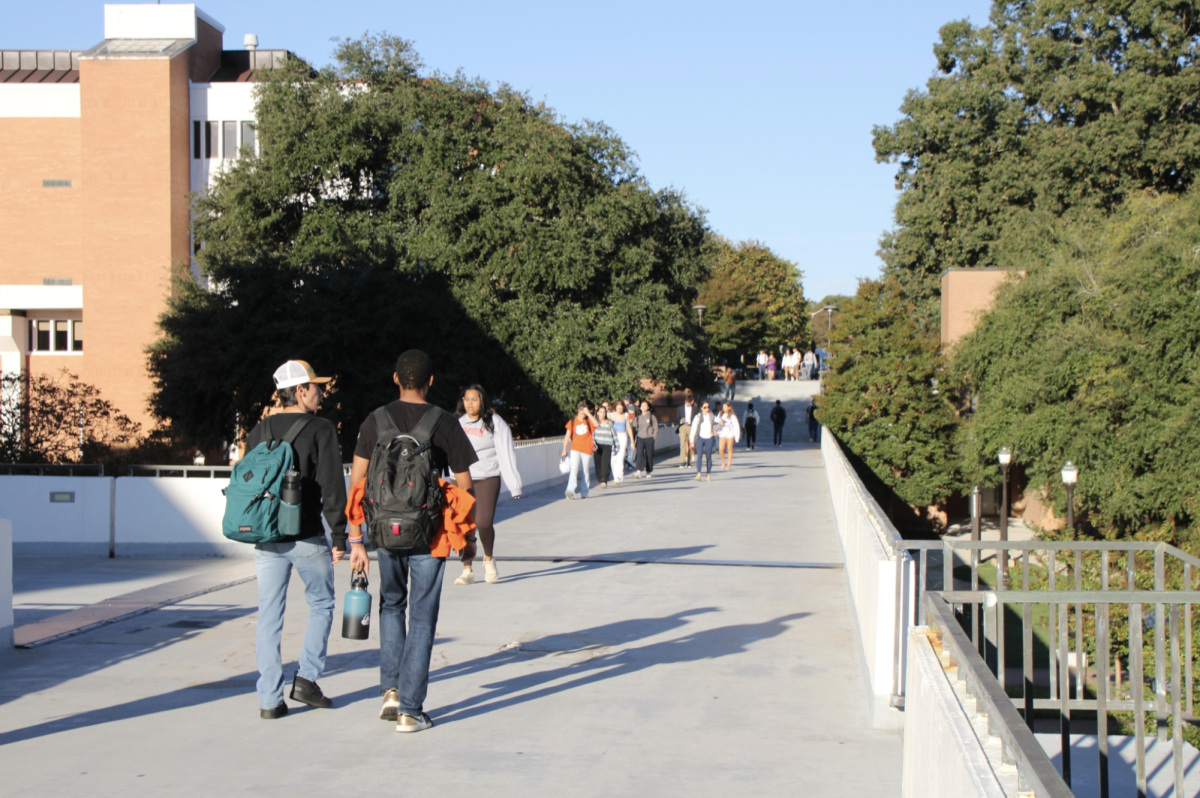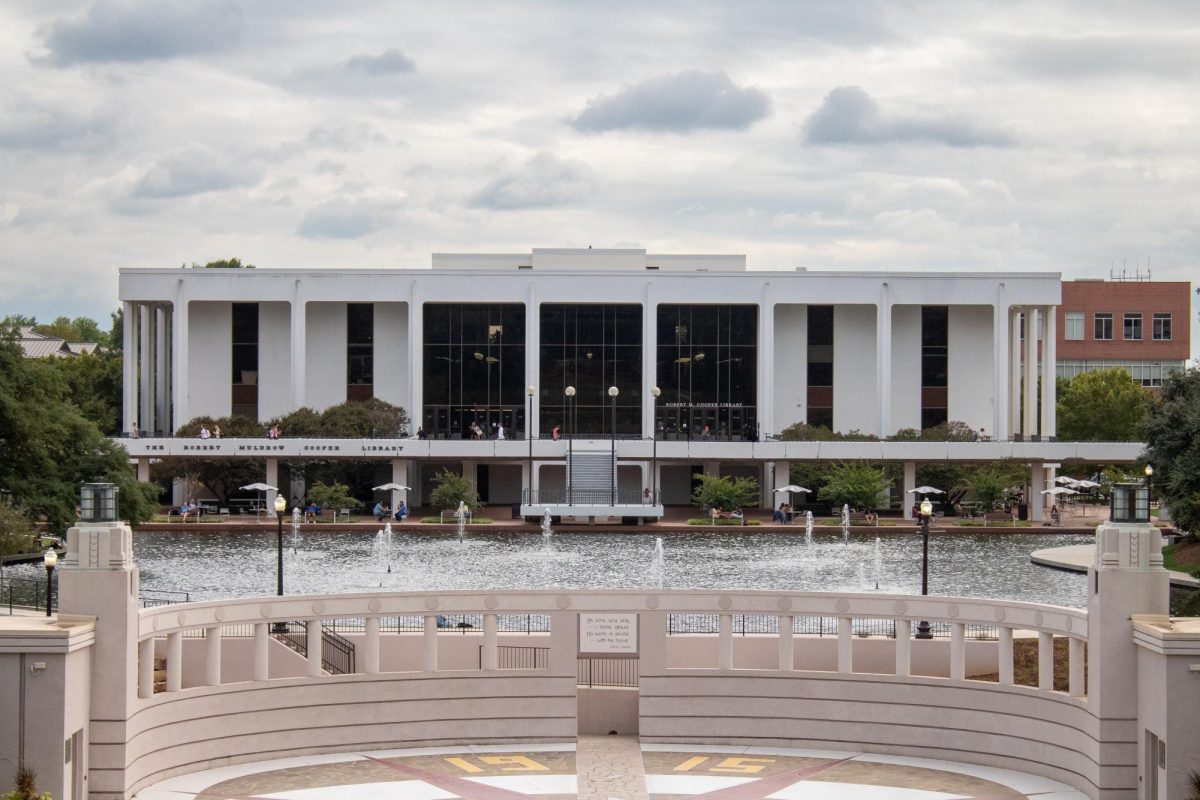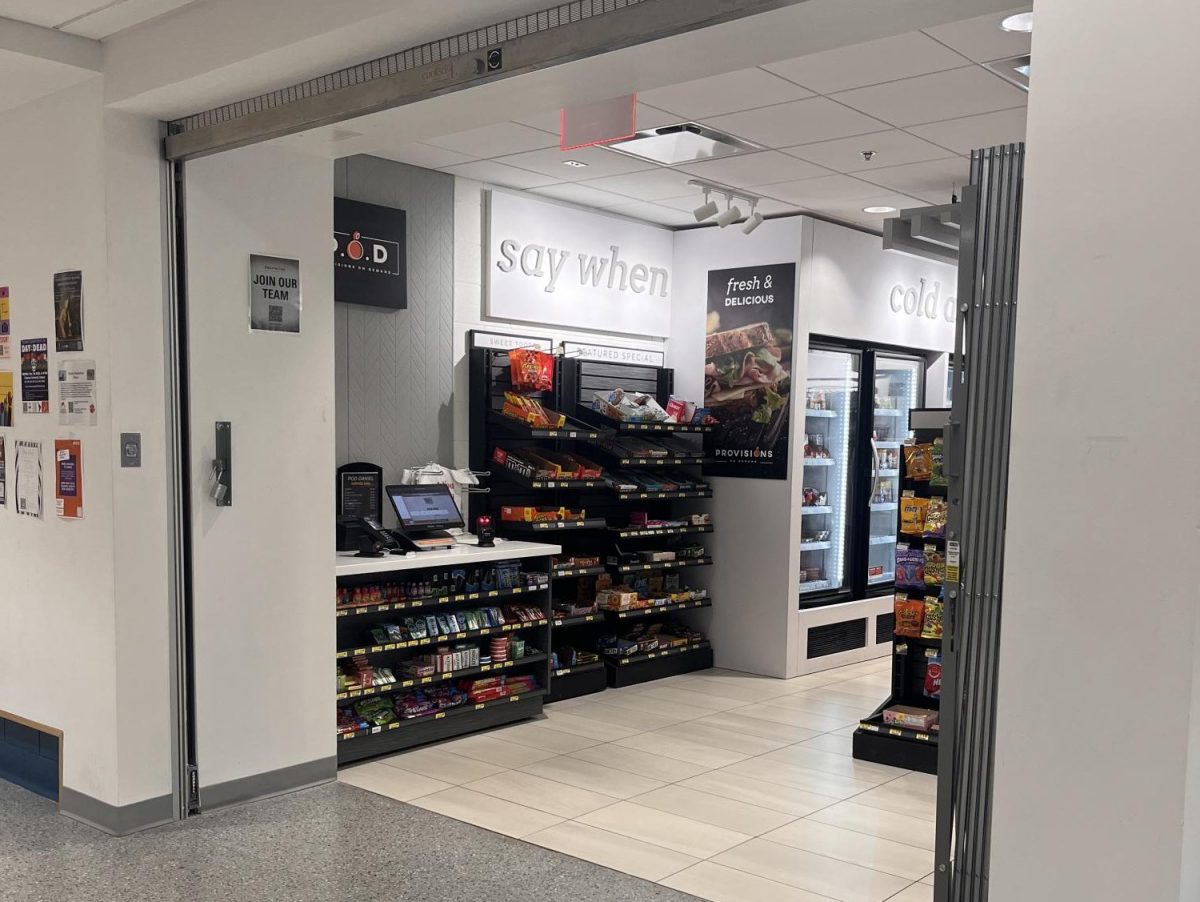It’s no secret that some sectors of the retail industry have been struggling over the past few years. I’m sure you’ve noticed that malls and shopping centers are shutting their doors, and large department stores are shuttering locations across the country. Shopping online is the new era of retail, and firms from apparel to electronics to toys to candles are realizing that consumers are simply not visiting physical outlets as they used to. Foot traffic has been down as much as 10% according to some firms, so how does a retail giant confront this trend?
Last week during Fortune’s Most Powerful Women conference, Apple’s Vice President for Retail Angela Ahrendts discussed how the world’s most valuable company is working to transform its retail experience. Over the next year, more than 90 of its 500 stores will be transformed into what Apple calls “Town Squares”, with a variety of classes and services available alongside the iPads, iPhones, and Macs being sold. This is in addition to the physical remodels that will take place to make the stores feel even more like a community gathering spot.
Apple is going so far to say that they don’t want to call them “stores” any longer. The term “Town Square” is going to be the description that they prefer, as they try to shy away from shopper’s expectations of a traditional retail environment. Apple’s retail locations have always had some of the highest customer satisfaction rankings among the industry, so it’s no surprise that they are working harder to roll out community coding and teacher technology classes to offer to members of the community, among other sessions that newly hired staff will lead on a regular basis.
On the other hand, Kroger, among other brands, is fighting the trend of online shopping and growing issue of a time poor society by revamping the interior of a portion of its stores in specific parts of the United States. When complete, these refreshed stores will go much farther than just offering the usual bread, cereal, fruit, and cat food. Some stores will have Zumba fitness studios and hair salons while others will offer cosmetologists, cooking classes, and bike repair shops.
The bottom line is that those who were once retail mainstays are now finding themselves stuck between reengineering the customer experience or packing up and leaving town for good. I think Apple’s strategy of building upon the products that they already offer with additional services will be very successful for both their customers and the company.
Mac and iPad are still linchpins in the field of education, therefore providing sessions for teachers and educators will probably be very beneficial, as the benefits reach beyond simply enriching classroom capabilities— it also translates to those educators coming back for personal technology needs. Those same products are also staples for those who consider themselves to be creative, so offering sessions to expand their skills could be well received.
This grocery store concept on the other hand doesn’t seem as promising to me. Quite frankly the people who are coming to the grocery store to get in and get out with their three year old (or even by themselves) after work are probably not looking for a Zumba studio to be twenty feet away from the toilet paper aisle. Most people try to avoid their local grocery stores (especially those that rival the size or experience of a Walmart), and adding more people seeking more services doesn’t seem to be appealing. While I see the logic in expanding your product offerings to generate additional revenue, I can’t picture my local Food Lion featuring a workout studio. I think this mindset may be prevalent for others as well.
While transforming Apple stores into community gathering spots may be beneficial, I don’t see the same concept catching on in the grocery sector. It’s a huge risk for these companies to make, as storefront remodels prove to be expensive. It will be interesting to see in the long run whether or not people flock from their actual city center to a local retail outlet instead.








